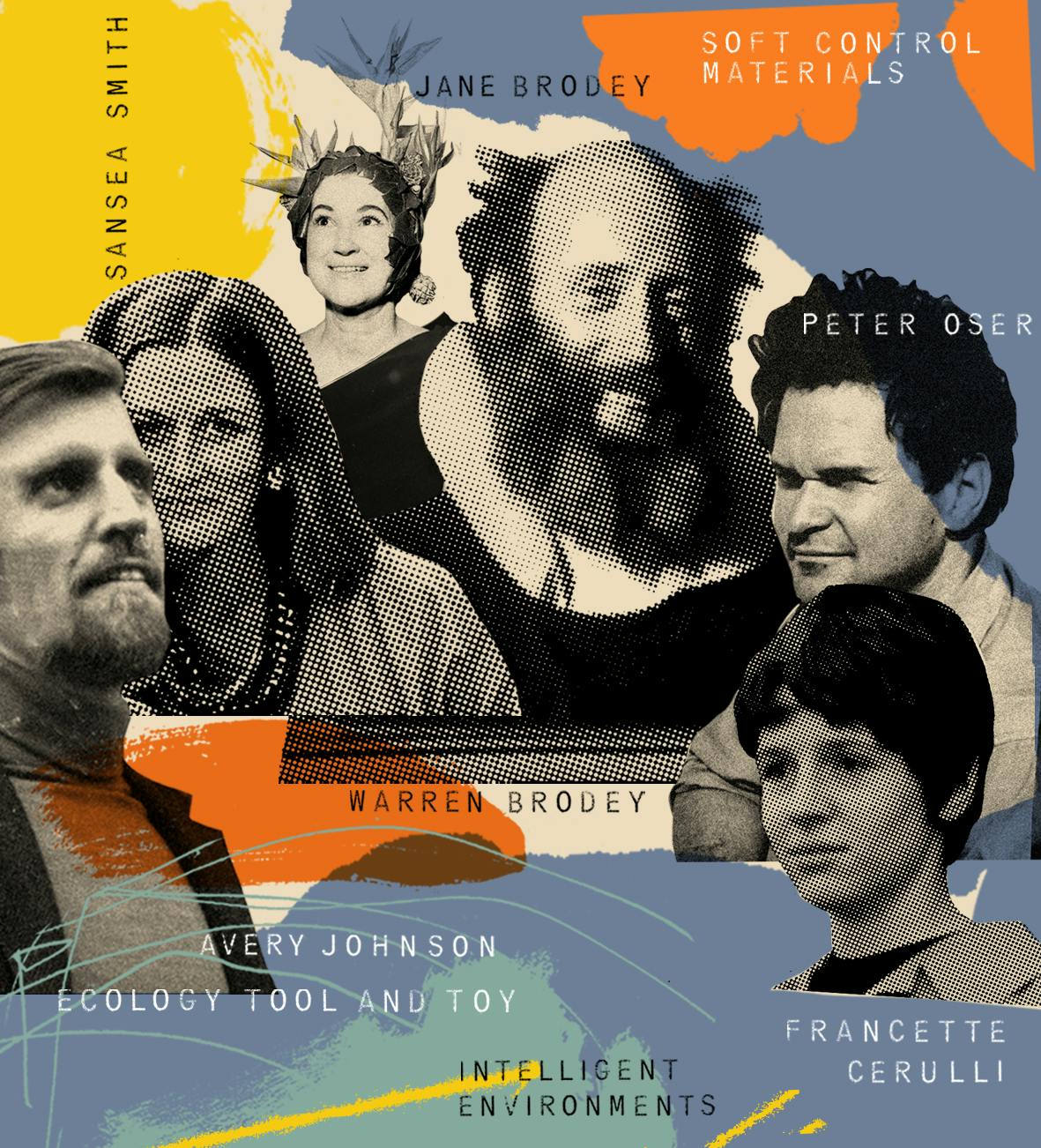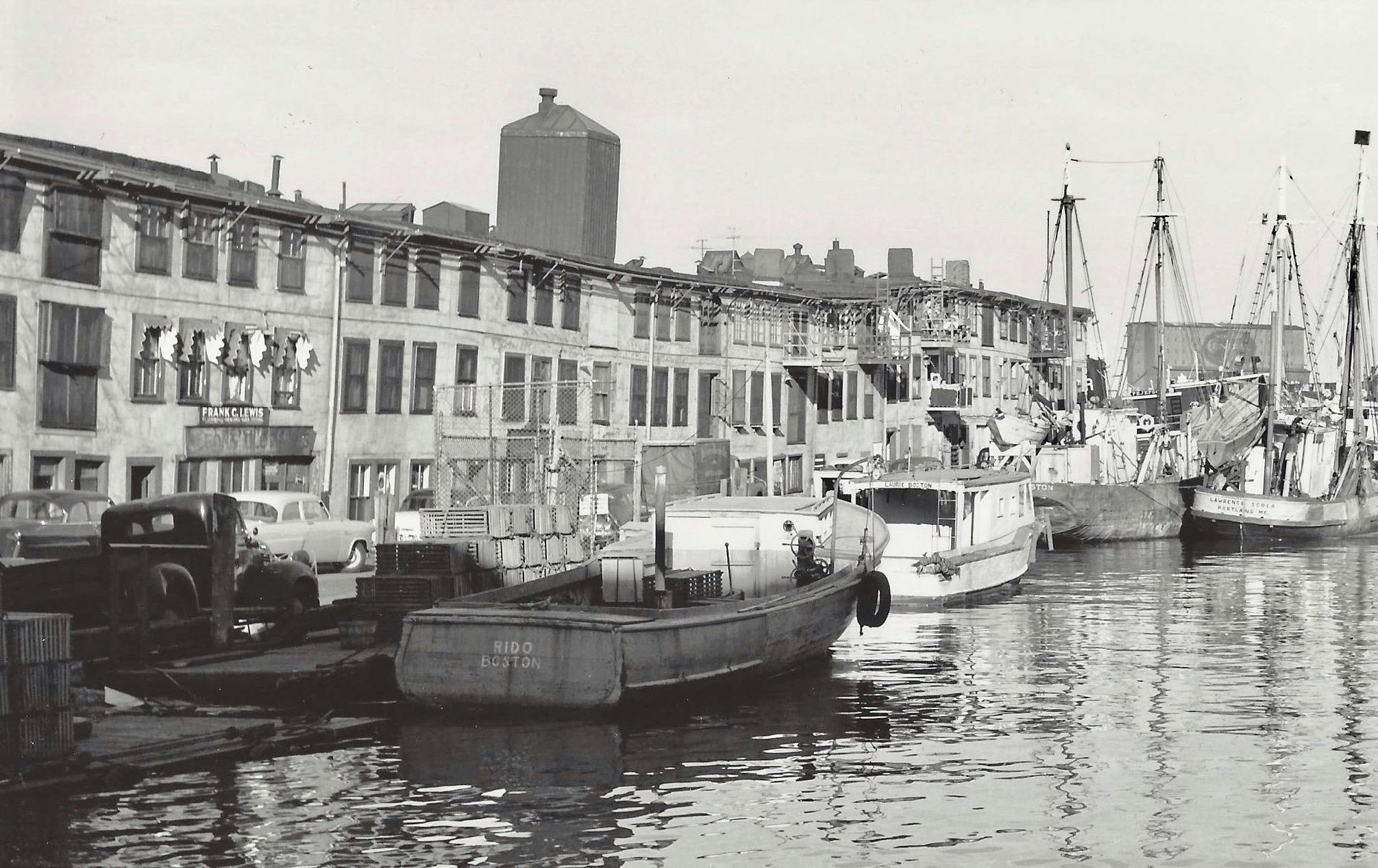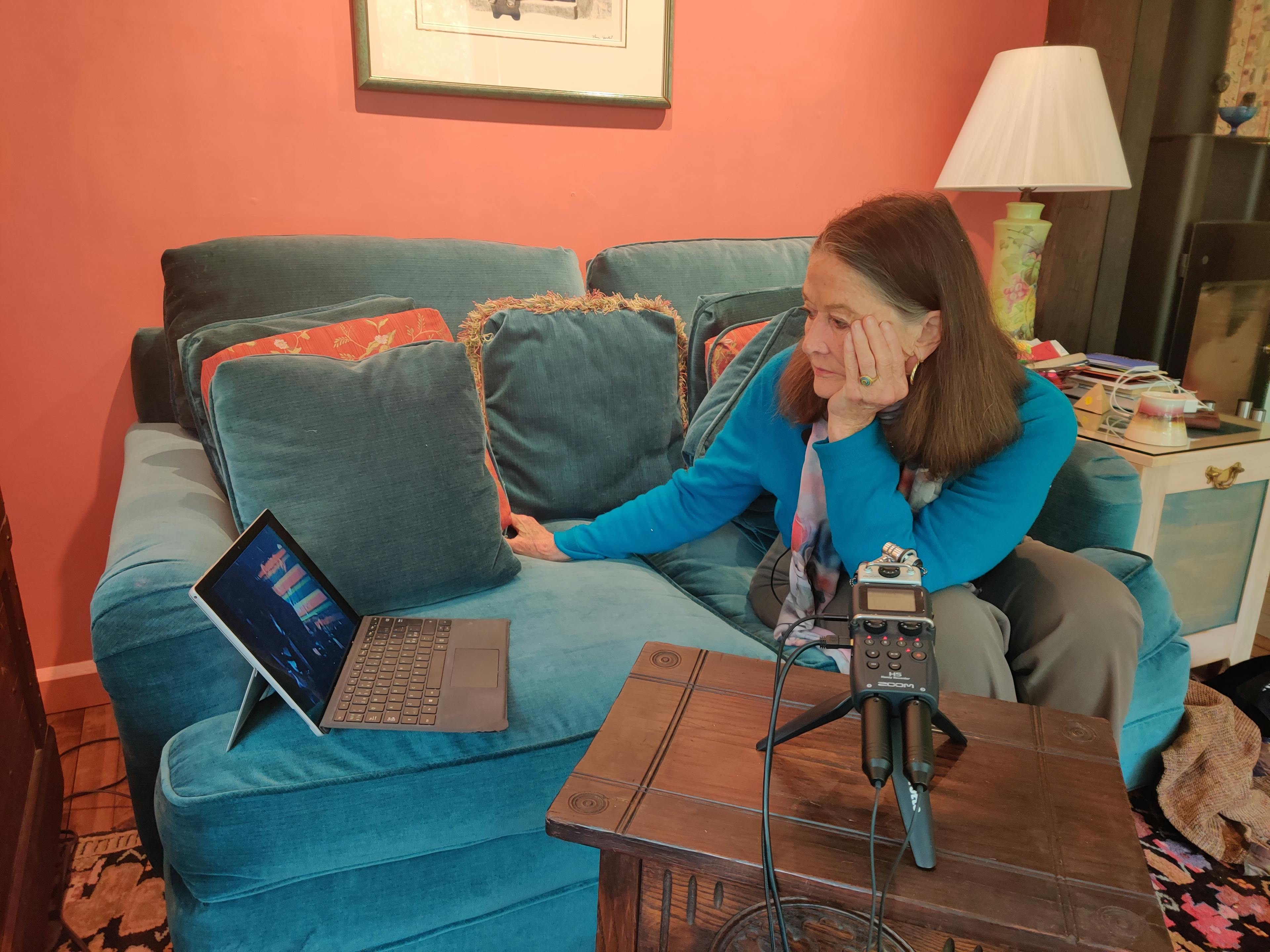A podcast series by Evgeny Morozov

These mavericks crave responsive tech. And a more humane AI. But are they humane & responsive enough to deliver?

about
A Podcast Series by Evgeny Morozov. Original music by Brian Eno.
Forget the military or Silicon Valley: we owe our smart technologies - from toothbrushes to beds - to a band of eccentric 1960s hippies. Hidden away in a secretive, privately funded lab on Boston’s waterfront, these visionaries developed intimate, personal technologies a decade before Steve Jobs.
But their rebellion was fraught with obstacles: the military-industrial complex, corporate resistance, and the founders’ larger-than-life personalities. As Silicon Valley adopted their ideas, the lab's vision for more humane and diverse technologies was twisted into something entirely different.
A decade in the making, this podcast unravels their captivating and often tragic tale. It's all here: Cold War psychiatry, Maoism, LSD, the Rockefellers, Scientology, CIA’s forays into extrasensory perception, and even the advent of tech libertarianism.
videos
go to all videos
Telling the Fish About Water
Christian Grote's 1970 film about the lab.

Brandeis film about the lab
Directed by David Westphal and Jeanette Lerman, with Bengie Mendlowitz, Michael Lemle, Richard Williams. Unreleased.

Evgeny Morozov interviews Warren Brodey
Shot in Brodey's apartment in Oslo, December 2015
texts
go to all textsManifesto for the Environmental Ecology Lab
Written towards the end of the lab’s 18 months, the document provides some insights into the motivation of its founders, their hopes and sources of inspiration.
Manifesto for Ecology, Tool & Toy: A New Technology for the ’70s and Beyond
To be read jointly with the Manifesto for EEL, this document reflects on the errors made during the EEL stage of the project. It explains what ET&T is hoping to achieve and describes the kinds of products — mostly toys — they are hoping to manufacture.
Ecology, Tool & Toy
One of the few reported pieces from Johnson’s quarry, which sheds light on some of ET&T’s projects and captures the hippie vibes of the place.
Source: Rags
Soft Architecture: The Design of Intelligent Environments
Probably Brodey’s most influential and widely read article, which introduces both the idea of “intelligent environments” and “soft architecture.” It provoked the ire of the architectural historian Sibyl Moholy-Nagy, who compared Brodey’s “intelligent systems” to the Gestapo and the CIA (see Miscellaneous section for her article).
Source: Landscape












